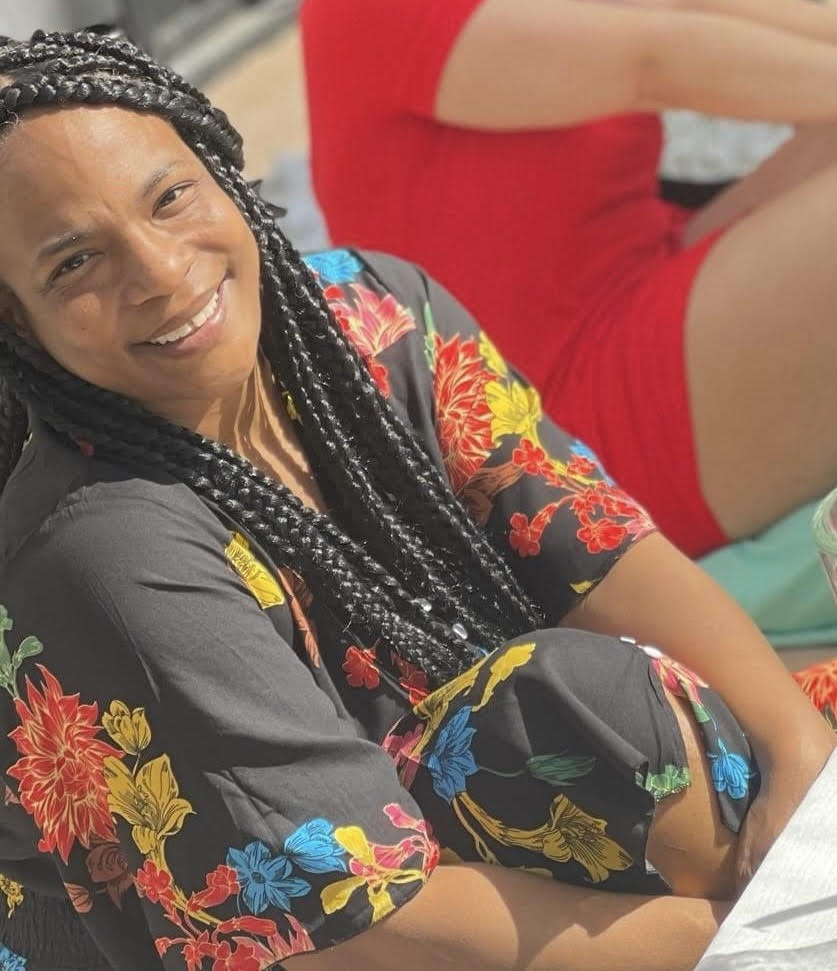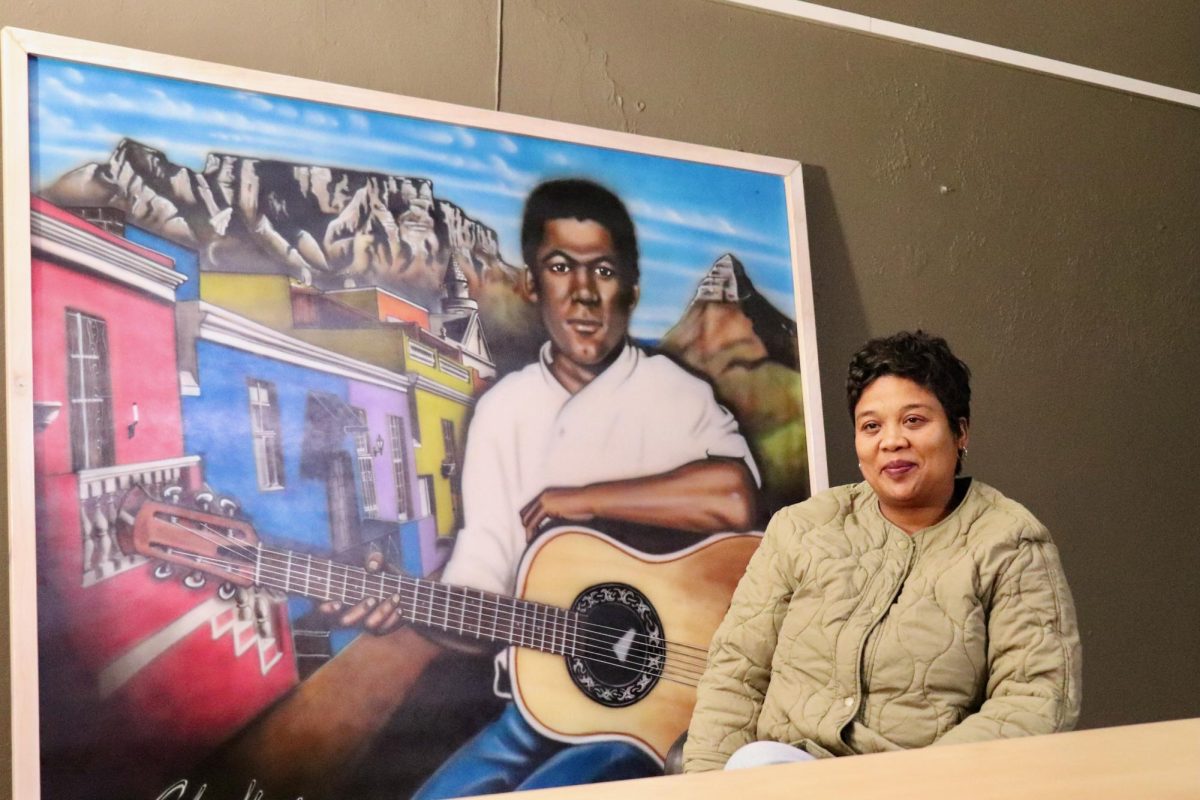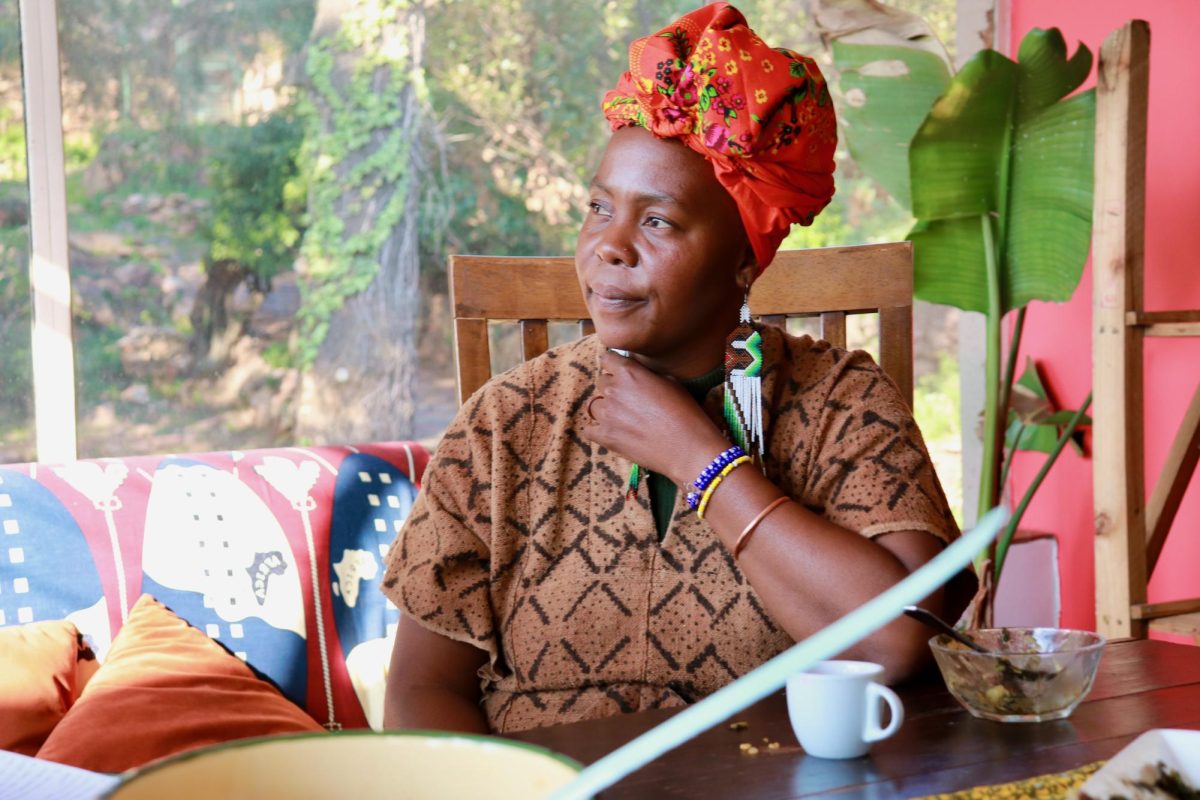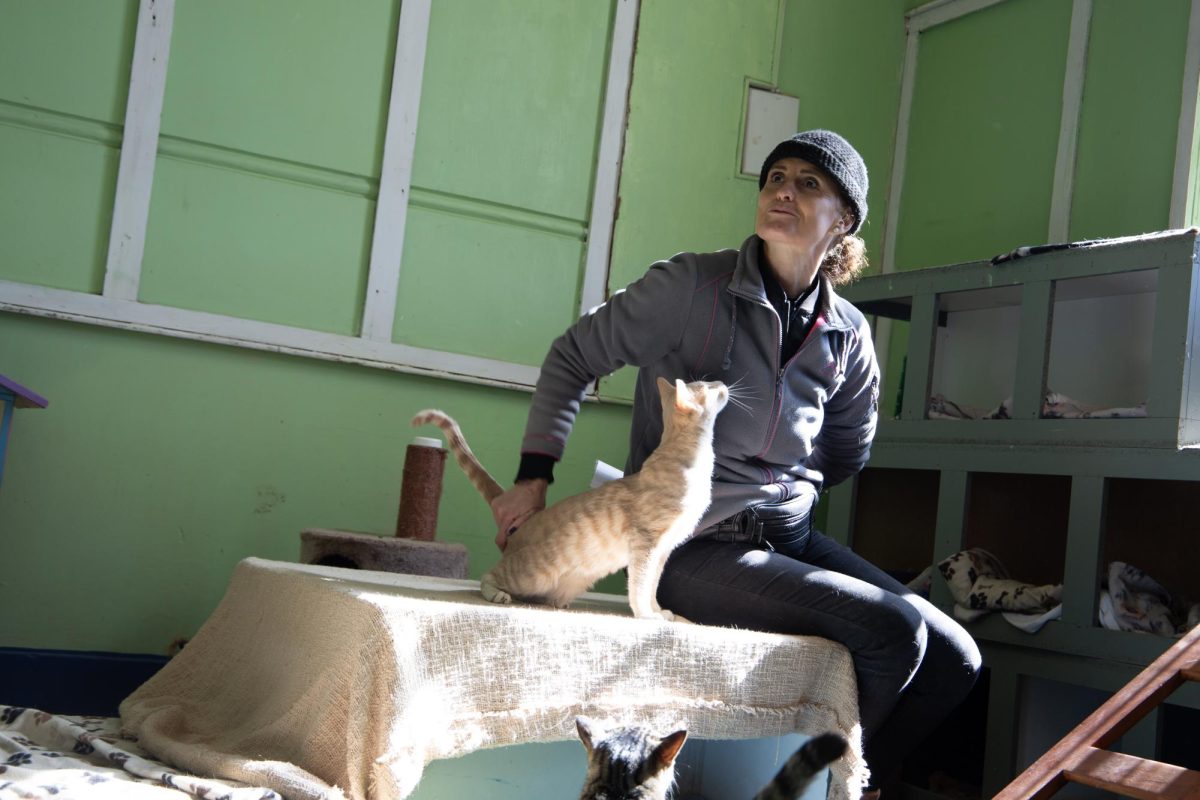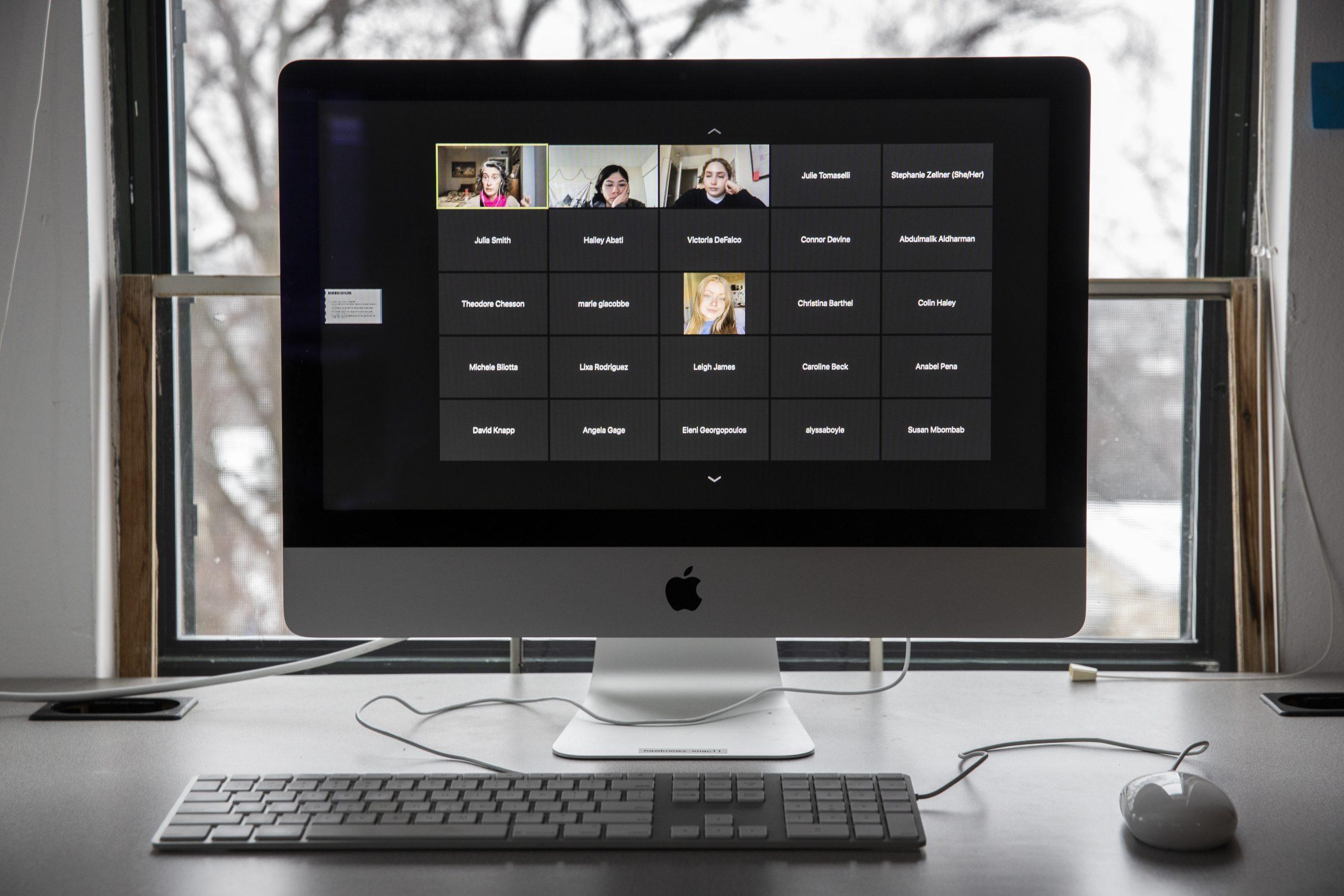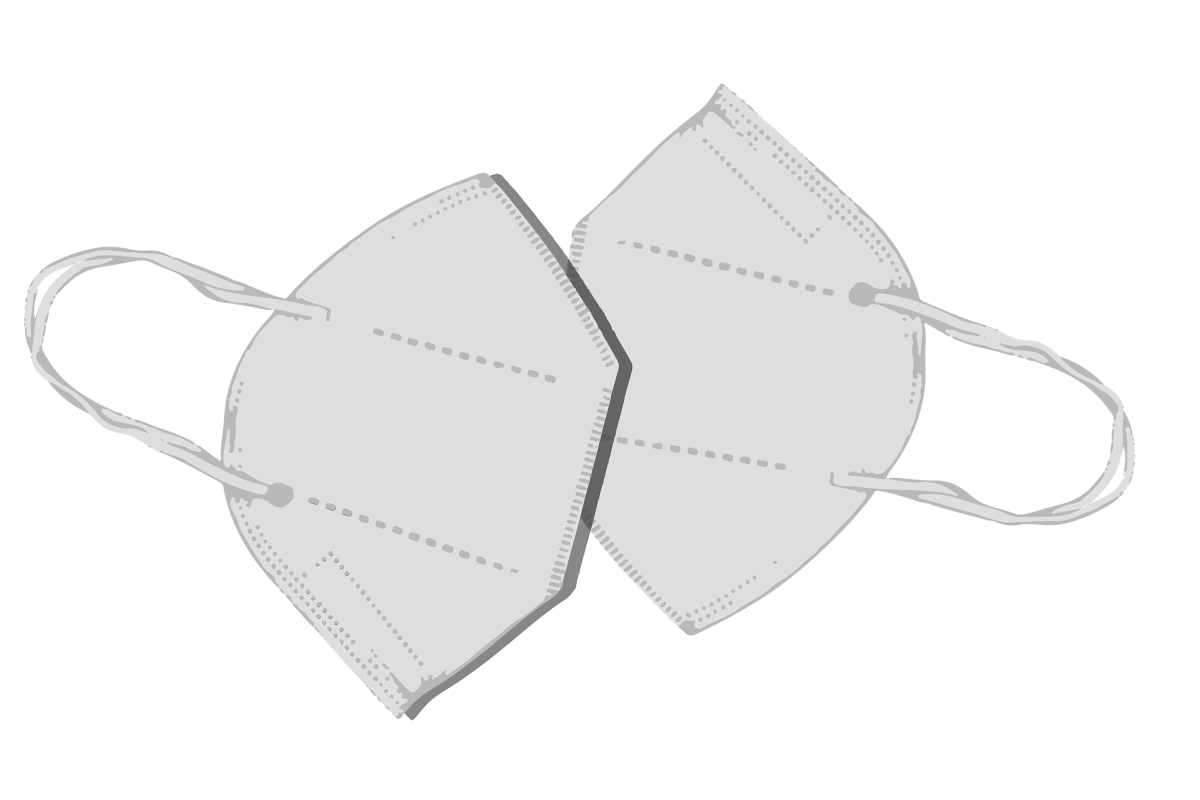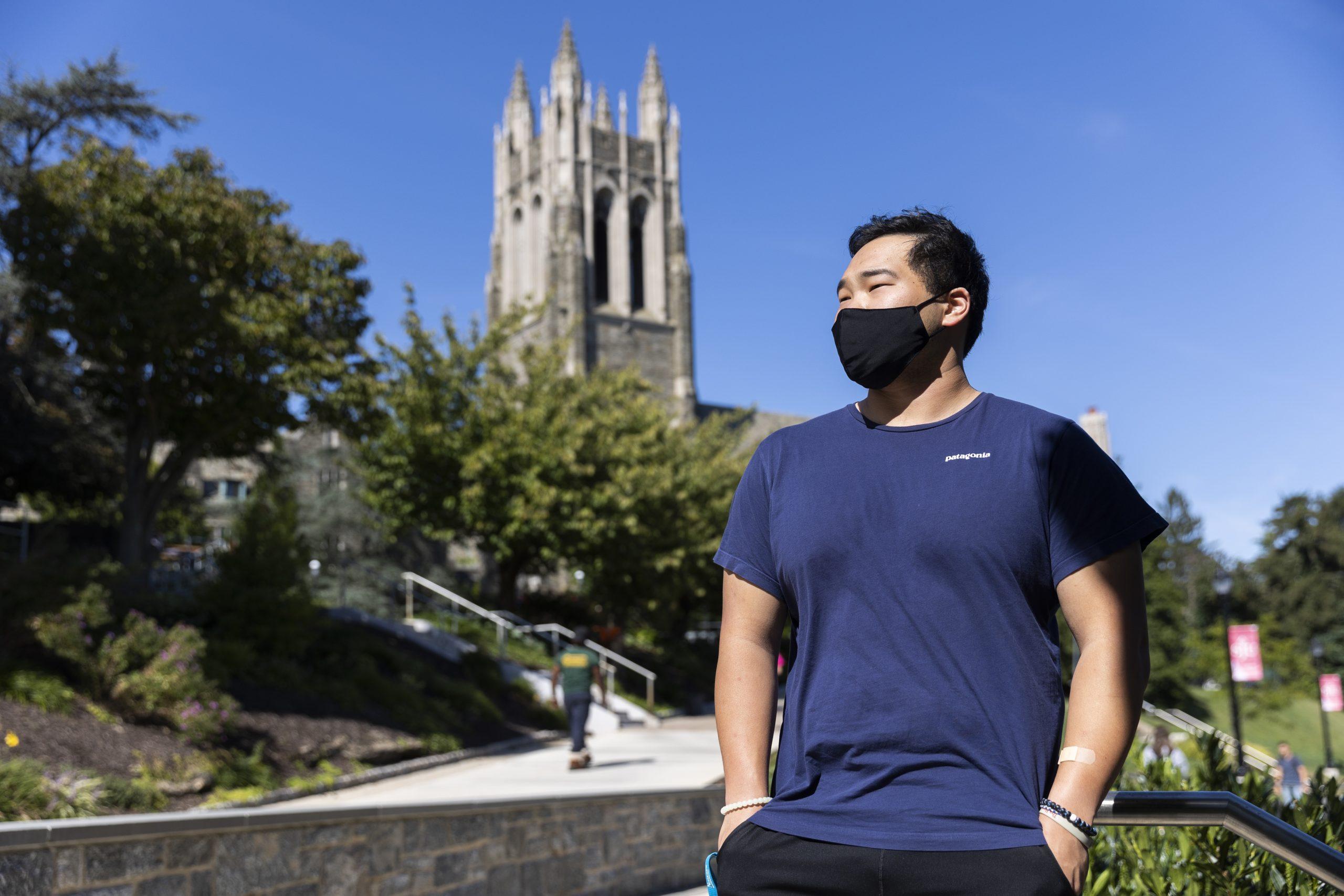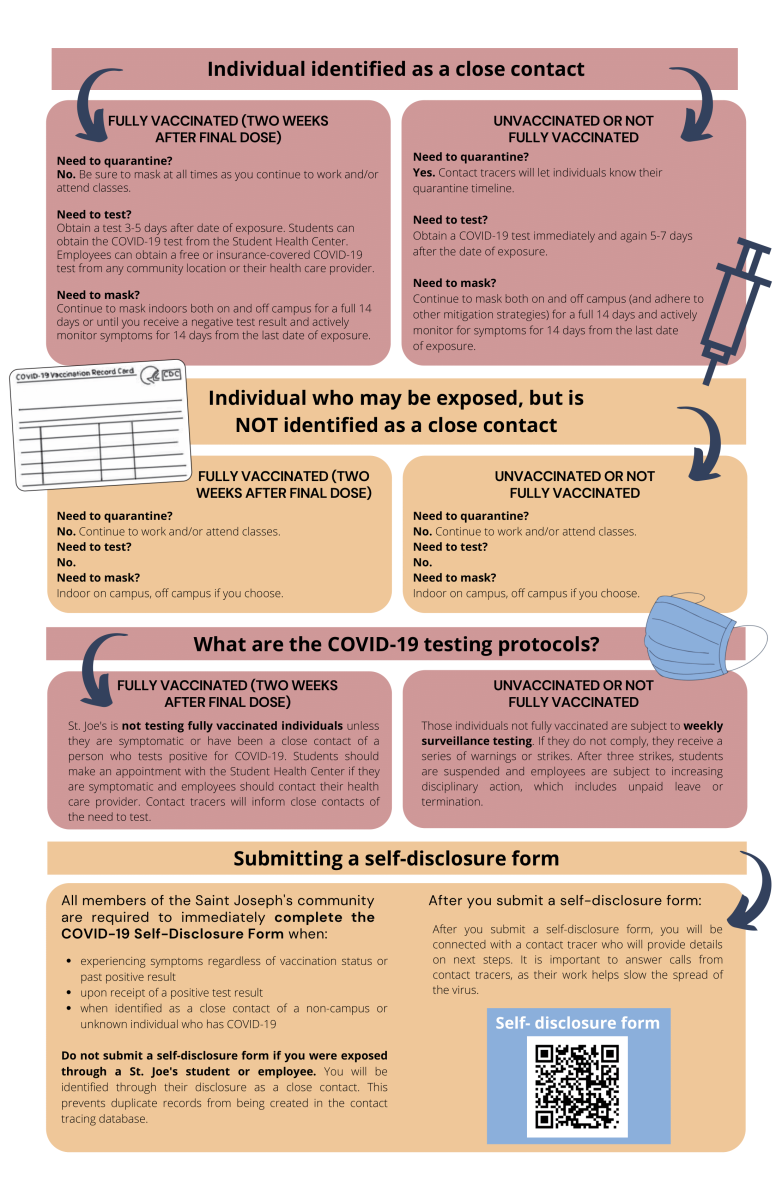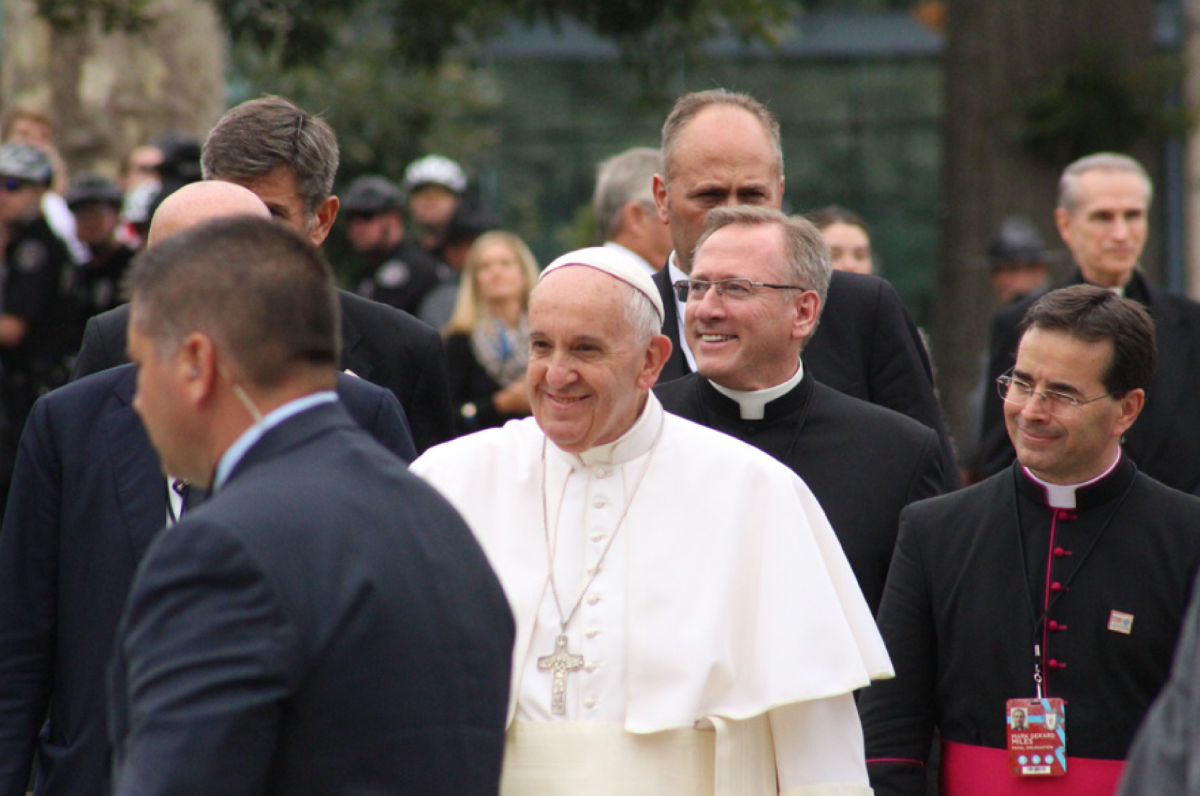As colleges across the country move forward with virtual learning during the coronavirus pandemic, faculty are wrestling with policies regarding camera usage and whether they should require students to turn theirs on during Zoom classes.
Some faculty mandate camera use because it enables a sense of connection, accountability and community that can be found in a normal classroom. They say they find it difficult to create that community when teaching to a screen filled with black boxes, not faces, denoting users. Others choose for camera use to be optional, citing a potential invasion of students’ privacy.
St. Joe’s does not have a standard policy for camera use in online classes, so professors use their discretion when establishing camera expectations for their virtual classes.
Usha Rao, Ph.D., associate professor of environmental chemistry and director of the Office of Teaching and Learning, said there is no “one size fits all” solution to camera policies.
“There are just as many valid reasons for having cameras off as there are for having them on,” Rao said. “This is something to be negotiated by individual faculty members with their classes.”
Since last spring, the topic has been widely debated at Faculty Senate meetings and various teaching and learning forums.
Rao said she thinks the recommendations of many offices of teaching and learning is “sound advice.”
“Balancing the pros and cons, many offices of teaching and learning have been advising faculty to encourage their students to have their cameras on, but they have been recommending that we don’t mandate an on camera policy for our classes,” Rao said.
Chris Heasley, Ed.D., assistant professor of educational leadership, said he wanted to approach “the camera issue” from a position of care and understanding. With that in mind, Heasley wrote in his course syllabuses that he “does not require video-on during synchronous online Zoom sessions.”
“I come from a perspective of, we never know what’s going on with the end user,” Heasley said. “That’s because I teach adult students who may be parents or may be struggling and juggling multiple needs in the household.”
On the other hand, Kayla Evans ’23 said her theology professor discloses in their syllabus that failure to turn cameras on for multiple classes or for long periods of time will negatively affect a student’s participation grade.
Evans said she thinks the university should implement a “blanket policy” for Zoom camera usage during virtual class.
“Maybe there could be a policy that having cameras on or off doesn’t affect your grades negatively because we have to be cognizant of all students of different lifestyles and different environments,” Evans said.
Elaine Shenk, Ph.D., professor of modern and classical languages, said she has a camera policy in her syllabuses requiring students to have their cameras on. While she said she is aware of the issues regarding students’ home environments and internet accessibility, she made this decision because her language courses are predominantly discussion based.
“Communication is not just spoken words, it’s also visual,” Shenk said. “It’s linguistic information that you’re communicating. As a professor, I rely on my students to let me know if they’re understanding what I’m saying when I’m speaking in their second language, for most of them. I rely on visual cues.”
Shenk said she does let students know that if they have issues with her camera policy, they should contact her privately. She said so far, the policies and access to technology have not seemed to be an issue for her students.
Elizabeth Lee, Ph.D., assistant professor of sociology, makes camera use optional for her students and encourages them “to do whatever is going to feel the most effective for them that day in terms of their learning and comfort level in the course.”
Lee said she took privacy and equity issues into account when crafting the camera policy for her courses.
“Students, especially students who are learning from home, may not have a dedicated spot to take classes from,” Lee said. “Or maybe you’re not even able to do your coursework from home because you have other types of responsibilities and commitments and exposing that may not feel comfortable.”
Evans said she sometimes turns her camera on during her Zoom classes, but as a working student it is sometimes difficult to do so. As a nanny, her class and work schedules overlap.
Evans and her bosses have figured out a schedule where she can step away to take her classes, but she said sometimes “things happen.” Recently, Evans’ bosses needed to leave while she attended her class.
“I had the kids sitting on the other side of the couch from me on their iPads during my schooling,” Evans said. “I really don’t want them running around in the background. I don’t want people in my St. Joe’s class to see my bosses’ house and what they have going on.”
Evans said luckily for that class, she wasn’t required to have her camera on.
Heavenly Perez ’24 said she sometimes stays at her family’s apartment in Brooklyn, New York during the semester. Perez said her professors suggest that cameras be turned on, but it is “harder to keep things private” when she is home.
“There are a lot of people in my household, and it’s just harder to have all that commotion in the background,” Perez said. “When I’m in school I’m in a better environment. It’s easier to stay away from people.”
Lee said internet accessibility is another equity issue that needs to be taken into account when establishing a Zoom camera policy.
“When students are able to be on campus, we have pretty consistent internet access,” Lee said. “But for students who are taking classes from home, or needing to take classes from some other space, internet issues and accessibility can be an issue.”
There is a digital divide in the U.S. that disproportionately impacts the Black and Hispanic communities. Only 66% of Black households and 61% of Hispanic households have access to fixed broadband, compared to 79% of white households, according to 2019 Pew Research survey.
Rao said ultimately, it is important for professors’ camera policies to have flexibility built into it.
“I would encourage all students to consider having their cameras on when they can,” Rao said. “And conversely, I would encourage all faculty to help the students have their cameras on but not insist that they have the cameras on. Every student’s situation is different. And we’re all experiencing the pandemic in different ways.”












